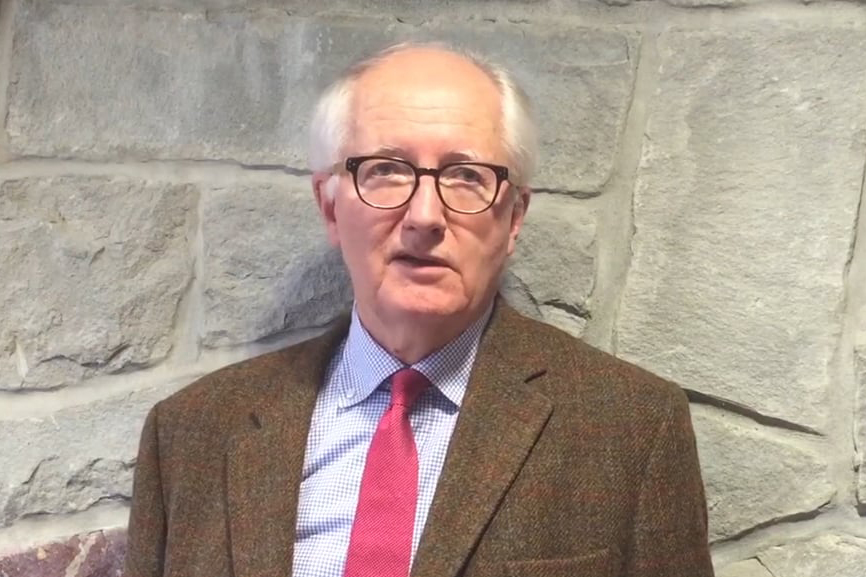
The European Physical Society (EPS) was established in 1968 and represents over 120,000 physicists organised in 42 different national societies. On July 5, one of its most prestigious conferences worldwide, the EPS conference on High Energy Physics (HEP), came back to Italy after over thirty years. It took place at Lido Island in Venice, which hence became the gathering point of international top physicists for one full week. The conference dealt with some of the most fascinating themes in physics research: from the origin of our universe to the Higgs Boson identikit, from the hunt for dark matter to the properties of the elusive neutrino, from New Physics to gravitational waves.
The 2017 edition of the EPS conference on High Energy Physics provided a vast scientific program. Do you think there has been a leading topic?
This year's program was, without any doubt, exceptionally rich and well organised. LHC physics has been in the focus of attention. Once again, the Higgs discovery, first announced in 2012, was one of the main topics of the conference. A lot of new results on Higgs boson properties were presented. A major one was the first evidence of the Higgs decaying into one quark and one anti-quark beauty
...
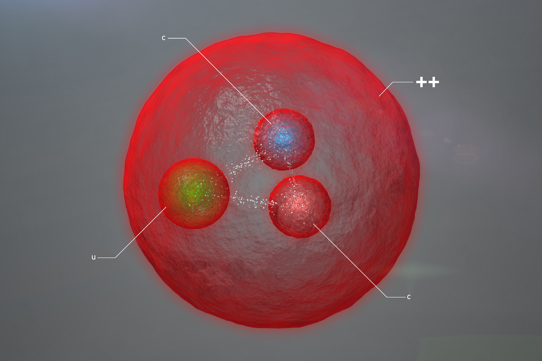
The LHCb experiment of the Large Hadron Collider (LHC) at CERN has presented the first experimental observation of the particle named Xii, belonging to the baryon family and containing two charm quarks and an ....
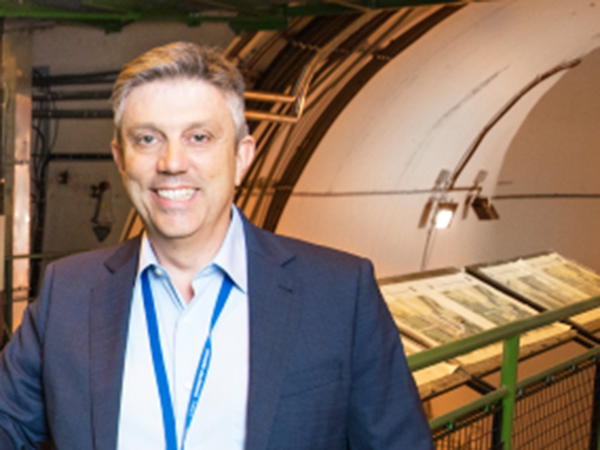
The Italian Giovanni Passaleva is the new spokesperson of the international LHCb collaboration, one of the four big experiments of the LHC, CERN's super accelerator, in Geneva. Passaleva took office on 1 July on expiry of the term of office of Guy Wilkinson. ...
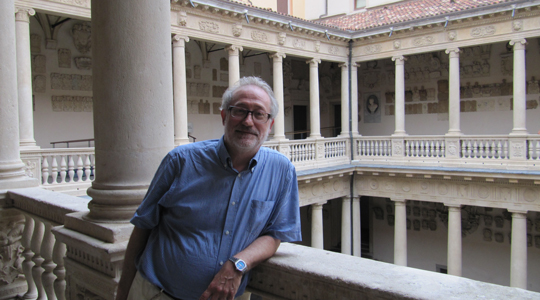
The new spokesperson of the international collaboration GERDA (GERmanium Detector Array) is the Italian researcher Riccardo Brugnera. The experimental collaboration operates at the Italian Gran Sasso National Laboratories (LNGS) of INFN on the GERDA experiment, ...
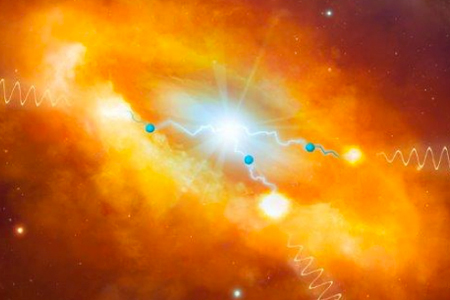
A combined analysis of data from Fermi, NASA's space telescope for the study of gamma rays, in which Italy participates with INFN, the National Institute of Astrophysics (INAF) and the Italian Space Agency (ASI), and from the HESS terrestrial telescope in Namibia ...
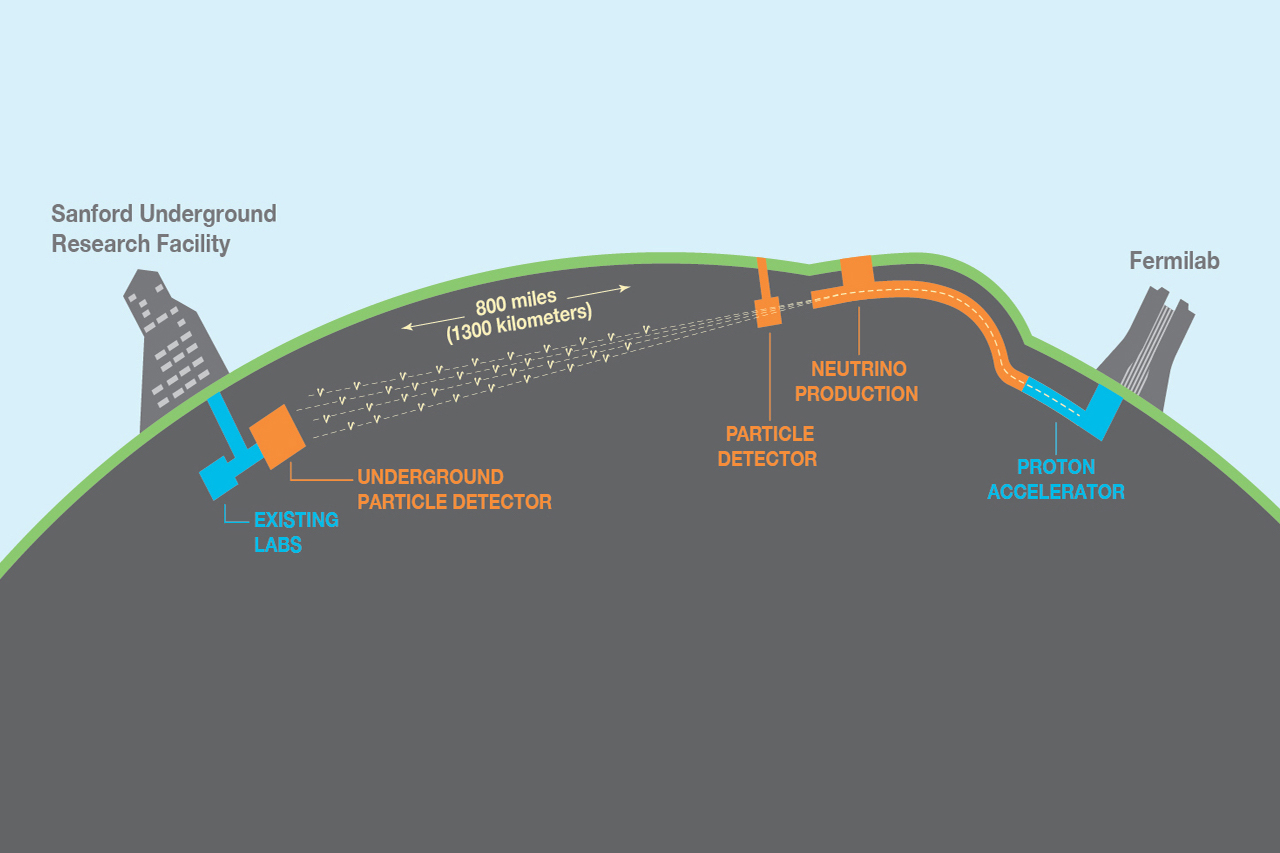
The inauguration ceremony of the construction work for the gigantic Long Baseline Neutrino Facility (LNBF), which involves a community of about 1,000 scientists and engineers from 30 countries, ....
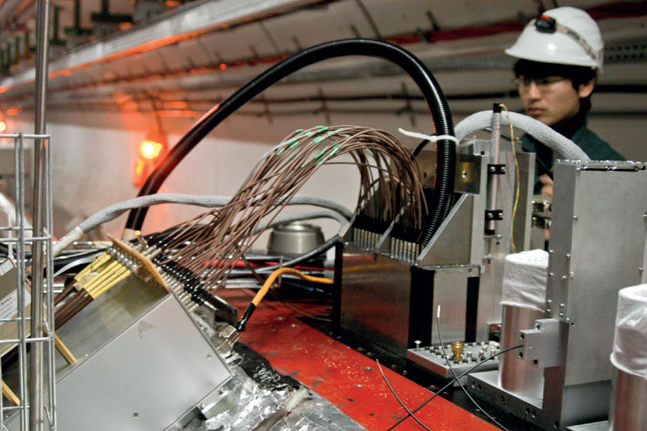 LHCF, THE SMALL EXPERIMENT, IS CONQUERING AMERICA
LHCF, THE SMALL EXPERIMENT, IS CONQUERING AMERICA
LHCf is the smallest of the six experiments at LHC. The LHCf detectors are only 30 cm long and weigh only 70 kg, but the technology is similar to that of the large LHC experiments. LHCf consists of two independent calorimeters, ARM1 and ARM2, normally positioned along the LHC vacuum tube, at the point where it is divided into two. In this area, only neutral particles, not deflected by the strong magnetic fields driving the beam, reach LHCf to be identified. LHCf was created to reproduce in the laboratory the production processes of particles that occur when cosmic rays meet the Earth's atmosphere and help clarify the mysteries concerning their origin and their properties. In fact, the upper layers of the Earth's atmosphere are constantly affected by a shower of particles called cosmic rays. These particles collide with the atomic nuclei present in the atmosphere and produce many secondary particles that in turn collide with other nuclei, thus generating a cascade of particles whose size depends on the energy of the primary particle. . ...
cover image:
Large Hadron Collider (LHC) at CERN
INFN - COMMUNICATIONS OFFICE
comunicazione@presid.infn.it
+39 06 6868162